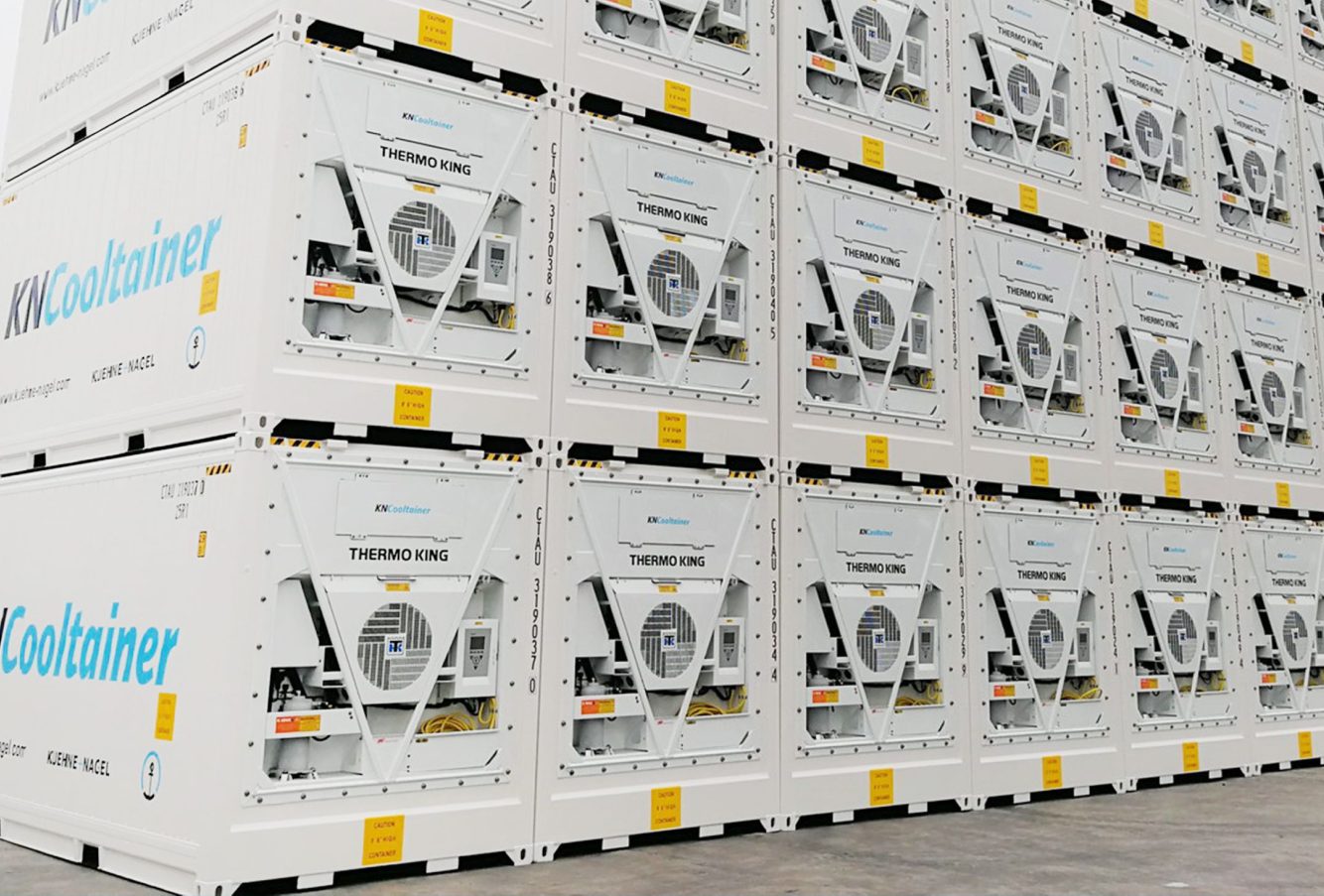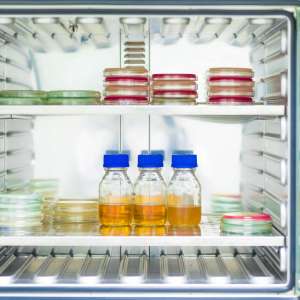Temperature-Controlled Logistics: Key Principles for Food Safety and Efficiency
Latest update on 20 June, 2024 by Angelina Pang– Marketing Analyst at FreightAmigo
In today’s complex supply chain environment, ensuring food safety and quality is a top priority. The handling and storage of perishable goods have become increasingly complex as manufacturers and distributors strive to meet growing consumer demands. Temperature-controlled logistics plays a key role in maintaining the integrity, nutritional value, and safety of food throughout the supply chain.
In this comprehensive guide, FreightAmigo takes a deep dive into the fundamental principles of effective food storage and distribution practices. By understanding how to store and transport food effectively, companies can build a strong, cost-effective supply chain that safeguards public health and consumer trust.
Want to instantly compare international express, air, sea, rail freight and truck logistics management solutions to control transportation costs?
Effective Food Storage
Temperature and Humidity Control
Temperature control stands as a pivotal factor in the realm of food safety, playing a vital role in preventing spoilage and contamination. The diverse range of food items, from raw materials to processed and ready-to-eat products, demands specific storage conditions tailored to their unique temperature and humidity requirements.
Maintaining the appropriate temperature and humidity levels is essential for inhibiting bacterial growth and preserving the inherent nutritional value of the food. For instance, dairy products and meat require different storage temperatures compared to fruits and vegetables. Excess moisture can lead to mold growth in certain foods, while too little humidity can cause dehydration and quality loss.
The integration of advanced monitoring and control technology has become a standard practice in the food industry, enhancing the efficiency of food storage and contributing to a significant reduction in food waste. By ensuring the right temperature and humidity conditions, businesses can not only safeguard consumer health but also extend the shelf life and quality of their products.
Preventing Cross-Contamination
Safeguarding against cross-contamination is a critical aspect of food storage and handling. This process involves segregating perishable items, such as meat and dairy, from non-perishables to prevent the transfer of harmful microorganisms. Proper labeling, storage container usage, and staff training are essential in maintaining this separation.
Regular cleaning and disinfection of storage areas, along with an organized storage system that avoids overcrowding, are crucial in mitigating the risks of cross-contamination. Understanding the specific storage requirements of different food types, particularly those highly susceptible to bacterial growth, is also paramount. Meticulous attention to these practices not only ensures compliance with food safety regulations but also contributes to reducing food waste and maintaining consumer trust.
Effective Food Transportation
Planning and Managing Transportation Logistics
Effective distribution in the food industry relies heavily on well-organized transportation logistics. This process encompasses route planning, scheduling, and the design and maintenance of vehicles to ensure timely deliveries and minimize the risk of spoilage, particularly for perishable items.
Efficient logistics management helps reduce transit times, adapt to unforeseen circumstances like traffic or weather conditions, and maintain the integrity of food products during transit. By optimizing transportation logistics, businesses can enhance supply chain efficiency and minimize the potential for product deterioration.
Ensure Transport Vehicles are Hygiene
Maintaining the hygiene and suitability of food transport vehicles is as crucial as their physical maintenance. Regular cleaning and sanitization protocols are necessary to prevent contamination and ensure food safety. This includes thorough cleaning of cargo areas and implementing measures to control pests.
Moreover, vehicles should be designed to prevent the ingress of contaminants and be equipped with appropriate compartments for different types of food items, particularly when transporting allergen-containing products alongside allergen-free items. These measures help safeguard the quality and safety of food products during distribution.
Real-Time Tracking and Monitoring Systems
The integration of real-time tracking and monitoring systems in food distribution is a game-changer for quality control. These technologies enable the continuous tracking of location and environmental conditions, such as temperature and humidity, inside the transport vehicles.
Alerts can be set up for deviations from the required conditions, allowing for immediate corrective actions. This level of monitoring is not only crucial for ensuring food safety but also aids in supply chain transparency and building customer trust. By leveraging these advanced systems, businesses can enhance their ability to maintain the integrity of food products throughout the distribution process.
FreightAmigo offers real-time cargo tracking, providing users with continuous access to cargo status information.
Conclusion
In today’s complex and volatile market, safeguarding the food supply chain through effective temperature control and storage logistics is a top priority. FreightAmigo’s integration of advanced technologies, rigorous monitoring, and strict compliance with regulatory standards are critical to maintaining the integrity of the food supply chain. By prioritizing these best practices, companies can not only protect public health and consumer trust but also unlock new opportunities for growth and sustainability in the evolving food industry.
If you want to know more about logistics, please visit the FreightAmigo page.
If you have any inquiries on logistics / supply chain, feel free to contact FreightAmigo now:
Chat with us online | Hotline: +852 28121686 | WhatsApp: +852 27467829









































